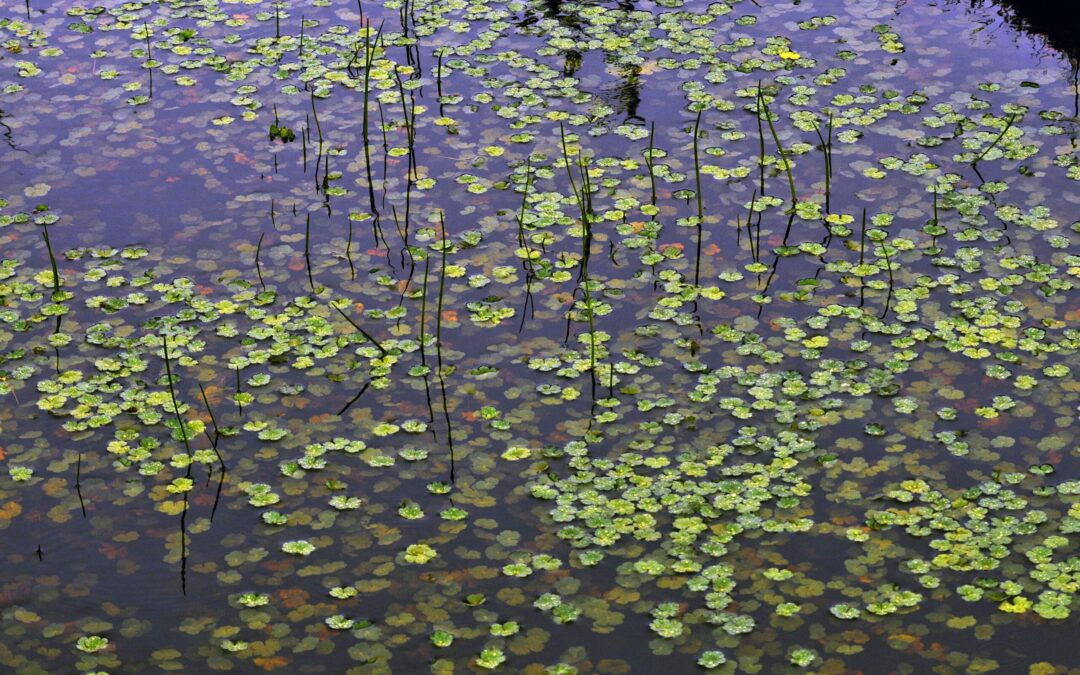If you own a pond or lake, you are likely familiar with the challenges that pond weeds can present. Uncontrolled weed growth can not only be visually unappealing but also detrimental to the overall health and balance of your aquatic ecosystem. Healthy Ponds provides effective strategies and techniques for pond weed control, providing you with tips to help you maintain a thriving and beautiful pond.
Aquatic Vegetation Can Be Good
Cover is essential for the well-being of fish, and having some aquatic vegetation in your pond is beneficial. However, when left uncontrolled, aquatic vegetation can quickly become a nuisance and even pose a threat to the health of your fishery. If you own a lake or pond, you will likely encounter issues with unwanted aquatic weeds at some point.
Treating and Preventing Pond Weeds: The Difference
When water temperatures consistently exceed 60 degrees, the growth rate of aquatic vegetation tends to accelerate. As the saying goes, it’s better to prevent a problem than to deal with the consequences later. To learn more about prevention strategies, you can explore our blog posts on pond management options for controlling aquatic weeds. One highly effective method of prevention is reducing the amount of sunlight reaching the bottom of your pond, which can be achieved through pond dyeing or fertilization. The choice between these techniques depends on the size of your fishery.
Common Pond Weeds
Duckweed
Duckweed is a small, green, free-floating plant that is occasionally utilized to attract waterfowl. However, relying solely on ducks to manage its growth is often insufficient, and Duckweed can rapidly become a problem. When Duckweed covers the entire water surface, it hampers the dissolved oxygen content, potentially leading to fish kills. To prevent such occurrences, effective management strategies are necessary. Aeration plays a vital role in slowing down Duckweed growth. By introducing oxygen into the water, aeration helps create an environment less favorable for Duckweed proliferation.
Coontail
Coontail, a submerged aquatic plant, is recognizable by its distinctive cluster of leaves resembling a raccoon’s tail at the end of the main stalk. Unfortunately, when aquariums are disposed of in water bodies, Coontail can escape and establish itself in ponds. To mitigate its growth, proactive measures are necessary. One effective approach is to manually remove Coontail from the water body, particularly before it becomes extensive.
Chara
Chara is a gray-green branched alga that can be mistaken for submerged rooted plants. Unlike flowering plants, Chara does not emerge above the water’s surface. Its distinct features include a grainy or crunchy texture due to calcium deposits on its surface. If you happen to break Chara, you’ll immediately notice a musky odor, which gives rise to its common name, Skunkweed. Safe and effective treatments can be bought to reduce the amount of Chara in your pond.
Purchase Pond Weed Control Products at Healthy Ponds
If you are in the market for safe and effective ways to clear your pond or lake of pond weeds, Healthy Ponds has all the solutions for you. View our pond weed control products online today. Don’t hesitate to reach out if you have any questions before making your purchase.


